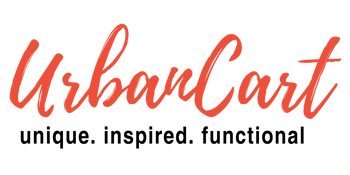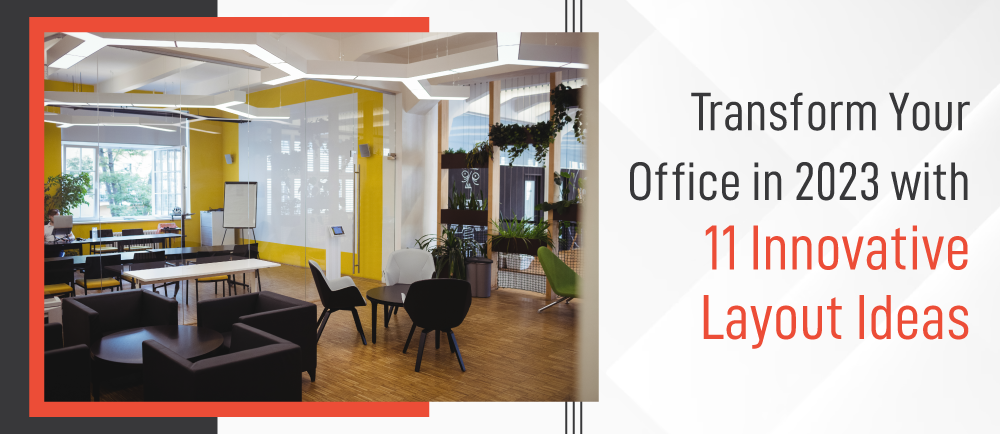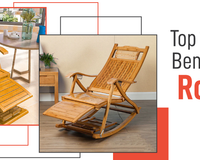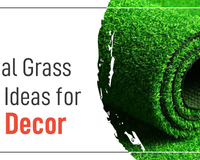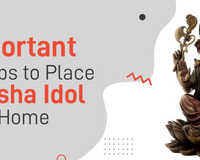Innovative and modern office design ideas can bring about a refreshing change to your office spaces. Whether you are moving your office to a new space or trying to enhance your existing office decor, you can always refresh your office setting by following a few simple tricks.
To create an ideal workspace, it's not just about replicating a beautiful setting, but also having the necessary resources. The secret to designing an excellent office layout is organising the available elements and introducing new ones, which can have a positive impact on the company's culture.
Which is why, it's time to put some extra thought into the office seating plan and make a difference to meet your team's morale. To promote collaboration within a company, it's crucial to arrange workspaces in a way that encourages interaction. This can be achieved by strategically placing well-spaced cubicles and incorporating a variety of work pods that offer private areas for employees to work. So, are you ready to be inspired? Then let's explore some of the creative small office interior design ideas to implement.
Inspiring Office Layout Ideas for 2023
1. Hybrid workspaces
The biggest change for an organisation has been the shift towards hybrid working. The return to the workplace, combined with the drastic shift toward hybrid working, has also given organisations the creative freedom to create significant advancements in office architecture. Empowering the staff to choose how and where they wish to work proactively is vital. Organisations should constantly evaluate their office spaces. The office interior design team should suggest and integrate newly designated areas for concentration, cooperation, and leisure in addition to the conventional workstations, which are equally crucial while examining space plans and office layout design possibilities.
2. The Artist Loft
To create a perfect environment to nurture creative and highly visual work, organisations need to start designing Artist Lofts. Some of the significant key features to include when creating an artistic loft include, long galley desks, whiteboards, and pops of vibrant colour. It will enable creators to function and design alongside each other. Whiteboard lining in office perimeters will help in encouraging the free flow of ideas among employees. It will also help employees to find inspiration in each other's work. An artist loft is incomplete without a low-maintenance artificial grass. You can learn to decorate your office with artificial grass by reading our guide: How to Decorate Your Office Space with Artificial Grass?
3. Natural light-filled Office
Given that we spend 80–90% of our time indoors, it may not come as a surprise that natural light should be a crucial consideration when designing workspaces. Research has revealed that boosting natural light can significantly affect a variety of factors, including mood, creativity, and focus. The use of natural light in office design is crucial. Effective space layout can increase the amount of natural light. Open-plan workstations, for instance, maximise natural light. Similarly, adding glass partitions allows light to enter the office space.
4. Ergonomics to Reduce Endless Sitting
There has been scientific evidence that has highlighted the detrimental health effects of prolonged sitting. With new trends towards health and workplace well-being catching up, many organisations are incorporating fundamental changes to their office interior design. To end the crisis of endless sitting, offices are designing conceptual working environments that offer surfaces to work without sitting.
Applications of ergonomic and comfortable office chairs include:
- Ergonomic office chairs help in accommodating natural movement as well as supports good posture. If you want to incorporate ergonomic office chairs in your office layout, you need to learn about the different types of office chairs and their ergonomics.
- Sit-stand desks enable the employee to maintain better posture while avoiding repetitive strain when sitting.
- Tall tables help support standing meetings.
- Breakout areas with motivational seating help in avoiding desk-based work
- Hybrid office spaces encourage movement, thereby reducing repetitive strain.
5. Agile and Flexible Working Corners
The pandemic put flexible working at the centre stage and this transition to flexible working has long been in motion. Staff started spending an increasing amount of time away from their desk, and at home. The workplace design started to shift, facilitating an array of areas and furniture fittings to match the needs. Multifunctional and collaborative workspaces are great examples of agile, and hybrid working design techniques. It is possible for teams of various sizes to roam about the office thanks to modular collaborative workspaces. Organisations should consider making an area where people can move about, take notes, or even brainstorm.
6. Biophilic Office Space
What advantages does bringing nature indoors have for the workplace? There is plenty of anecdotal evidence that suggests being close to nature has a positive impact on our emotional well-being. In a recent study conducted by the University of Michigan, students were asked to take a quick memory test before being split into two groups and instructed to go for a walk. While one group walked through a bustling city street, the other group strolled through an arboretum. Both groups took the memory test once again upon returning. The group that walked in a natural setting performed 20% better compared to the group that walked along a congested city street. This study emphasises the importance of incorporating natural elements into indoor spaces.
7. Relaxing Breakout Areas
A relaxing breakout room is an area away from the usual workstation where staff members can unwind, dine, socialise, and hold unofficial meetings and conversations. The focus of the workplace setting is on the employees' interactions with the environment. It's increasingly important to think about how the environment affects employees rather than just the actual workspace these days. Nowadays, a company's workplace is a crucial tool for luring (and keeping) the best and brightest individuals, thus businesses are spending more money on making their workplaces enjoyable for their employees. You can incorporate some comfy lounge chairs in such areas meant for relaxation.
8. Creating Quiet Working Areas
Open-plan offices have many advantages, but there are also drawbacks. According to studies, over 50% of people find it difficult to focus in open-plan offices, which results in an estimated 15% drop in productivity. Acoustic booths and pods are a common remedy to the noise produced in open-plan offices. It offers 'silent zones' for creativity and relaxation as well as one-on-one and team meetings. Little conference pods and booths don't need planning clearance, unlike the conventional use of cubicles and glass room separators. Pods are available in a variety of sizes and shapes to fit a variety of needs.
9. The Right Application of Technology at Work
To remain competitive, achieve efficiency, and boost employee productivity, the modern office has to rely heavily on technology. Workplaces can now rationalise and automate routine tasks and operations thanks to technology. It helps workers to complete important tasks even while they are not in the office and maintain contact with coworkers. Technology has many design ramifications in the workplace, from space optimization software to assist office furniture reconfiguration to virtual team-based collaboration tools. Work is becoming smarter and more productive thanks in part to artificial intelligence and machine learning. Consider utilising occupancy sensors and digital access maps in various office spaces.
10.Adding the Comfort of Home in the Workplace
With the workplace evolving, organisations have started adding different elements of the home to make the workspace more comfortable. From comfortable seating and reclining lamps, to break rooms and tea points, along with plants in office spaces.
11. Putting Health and Well-being First
Workplace well-being has existed forever. While it was previously considered a trend, it is now becoming standard practice in organisations. And after the epidemic, with the adjustment to going back to work, this is especially true. In a competitive market to recruit the best people, more businesses are adopting proactive workplace well-being programs, embracing them, and advertising them as part of the employment package. Workplace welfare has moved to the top of the list as great employees want to work in the greatest environment possible.
Tips and Tricks
- Individual desks could be pushed together to form a long horizontal row.
- Whiteboards from conference rooms can be assembled in the main work area. It can often help in getting the creative juices flowing.
- Graphics designed by the company can be printed and placed in the office to add colour and inspiration.
In Conclusion
Workspaces can be transformed into wonderful and uplifting spaces, especially through exceptional office layout design. When the space is both functional and comfortable, the employees will work with determination and drive the organisation towards growth. After all, happy workers tend to be more productive and perform better in a driven work setting. If you are looking to spruce up your place of business, then you can check out top online office design at UrbanCart. Design a modern office space that is stimulating and not suffocating.
